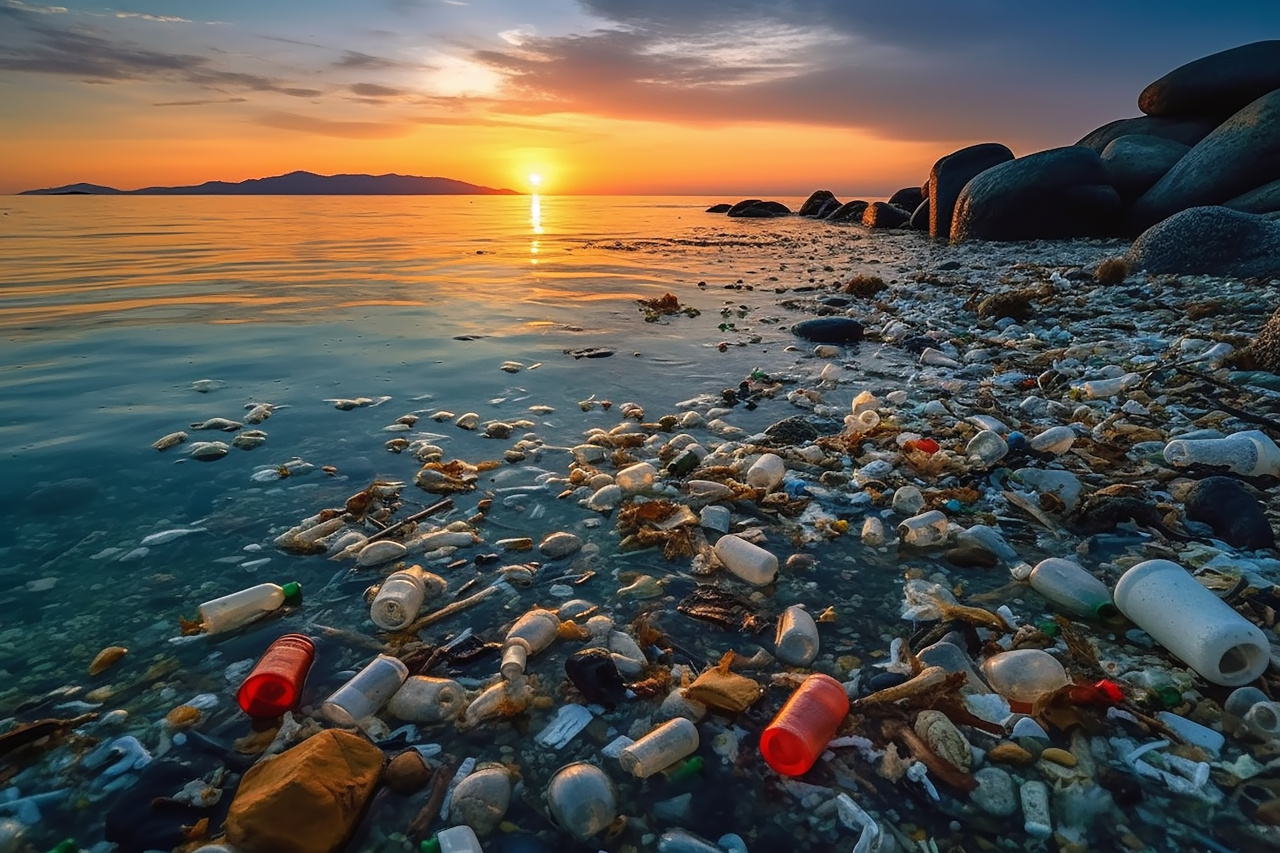
According to the study, the amount of plastics entering the sea each year could peak at 23 million tonnes in 2045. The concentration of microplastics would also increase significantly. The research team's calculations are based on an OECD study from 2022, but provide significantly higher values because the team used measurements and estimates of the amount of plastic in the oceans, while the OECD derived its values from population density and waste generation.
As reported by the research team, up to 16 million tonnes of plastic entered the sea in 2019, while the OECD estimated only 1.7 million tonnes of macroplastics. Even in the best-case scenario, the amount of plastic in the sea would increase from 263 million tonnes (2015) to 1,200 million tonnes (2060). And even after a complete stop to discharges from 2060, microplastics would continue to increase - due to the decomposition of existing plastics, especially from unsecured coastal landfills.
The study was published in the journal Science Advances.


